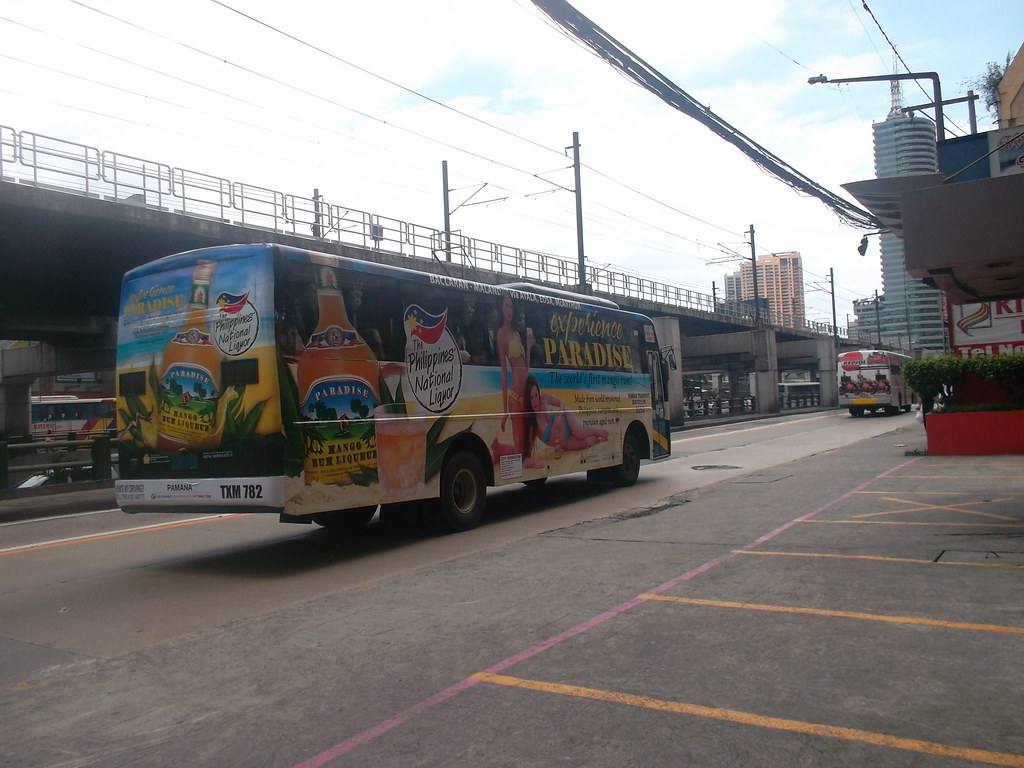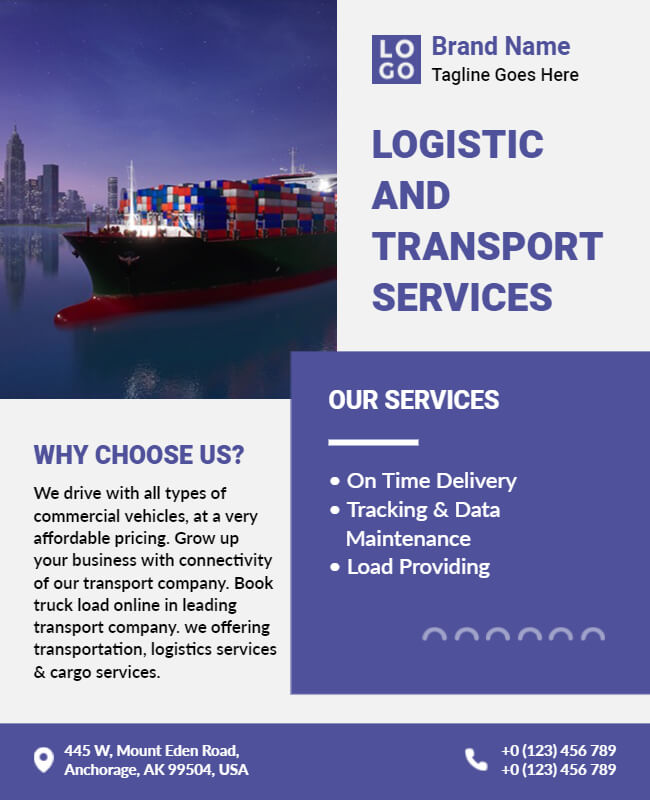Understanding the Function of Transportation Advertising in Enhancing Brand Name Visibility and Consumer Involvement
Transit advertising and marketing has arised as a critical aspect in the advertising landscape, supplying distinct chances for brand names to elevate their exposure and involve customers efficiently. With the capability to get to a varied and captive target market during their daily commutes, these marketing approaches are not merely about presence; they are concerning creating meaningful connections with prospective clients. As we discover the complex advantages and innovative methods within transportation advertising and marketing, it ends up being necessary to think about just how these elements collectively affect consumer understanding and behavior, increasing inquiries regarding their long-term influence on brand name commitment.
Interpretation of Transportation Marketing
Transportation advertising and marketing describes the method of promoting items, solutions, or brands through promotions put in and around public transportation systems. This form of advertising and marketing incorporates a range of placements, consisting of posters on trains and buses, digital screens at transportation stations, and wraps on the exterior of lorries. It intends to reach a varied audience, taking advantage of the high foot web traffic related to public transportation.
Transportation marketing is strategically placed to catch the attention of travelers, who frequently invest significant time taking a trip or waiting. By integrating promotions into the daily regimens of individuals, brand names can create a long-term perception and foster brand name acknowledgment. The medium is specifically efficient in city atmospheres, where public transportation is a main mode of traveling.
Furthermore, transit advertising and marketing can facilitate local targeting, enabling businesses to get to specific demographics based upon transportation routes and terminal places. As urban populations expand and the use of public transport boosts, this marketing technique has actually acquired importance as a vital element of integrated advertising and marketing methods. The dynamic nature of transit marketing, incorporated with its ability to engage customers in a captive setting, emphasizes its relevance in modern advertising practices.
Advantages of Transportation Advertising And Marketing
The effectiveness of transit marketing depends on its capacity to deliver a plethora of advantages to brands looking for to enhance exposure and involvement. One of the primary benefits is the considerable reach it uses; transit advertisements can effectively target varied demographics across urban areas, getting to both travelers and pedestrians alike. This wide direct exposure significantly improves brand awareness.
One more advantage is the high regularity of perceptions. As transit cars follow recognized courses and quit at numerous locations, they create repetitive exposure that enhances brand name messages. This regularity cultivates knowledge, which is critical in customer decision-making.
Transportation advertising and marketing is additionally cost-efficient contrasted to other media platforms. Offered its large reach and potential for high impressions, brand names frequently experience a lower price per thousand impacts (CPM), maximizing their marketing budget.
In addition, transportation ads can create a feeling of community link. By straightening with regional transportation systems, brand names can resonate with local audiences and foster a sense of local pride. This local approach boosts brand commitment and interaction, making transit advertising and marketing a compelling choice for services aiming to solidify their visibility in the marketplace.

Effective Strategies for Transit Projects
To maximize the effect of transit campaigns, brand names must leverage strategic planning and implementation tailored to their target audience. Initially, determining the demographic attributes of the audience using public transit is crucial. This enables brands to produce tailored messaging that resonates with prospective consumers.
Following, selecting the ideal transit mediums is vital. Whether utilizing bus wraps, train posters, or electronic displays, each medium has distinct benefits that can enhance presence. As an example, dynamic visuals on bus covers can bring in attention, while digital ads can be updated often to show prompt promos.
Moreover, integrating a cohesive branding method throughout transportation platforms guarantees consistency and enhances the brand name's identification. Making use of memorable taglines and captivating layouts will certainly enhance brand name recall amongst commuters.
By using these methods, brands can efficiently harness the capacity of transit marketing, fostering better understanding and connection with their target audience. Inevitably, a well-executed transportation campaign can drive substantial development in brand name visibility and customer interaction.

Measuring Influence and Involvement
In examining the efficiency of transportation marketing campaign, exact measurement of influence and engagement is important for brand names seeking to optimize their advertising strategies. Metrics such as find out reach, regularity, and impacts give foundational information to examine visibility. Examining these elements aids identify how many prospective consumers are subjected to the promotions during their day-to-day commutes.
Engagement can be additional determined with consumer interactions, such as website traffic, social media sites discusses, and straight responses to calls-to-action featured in the advertisements. Utilizing tools like QR codes or special Links can help with monitoring of customer actions directly connected to transit campaigns. Studies and responses mechanisms likewise function as beneficial methods to collect qualitative information on consumer understandings and recall of the promotion.
Moreover, advanced analytics and attribution designs can associate transit exposure with succeeding purchasing behavior, providing insights right into the return on financial investment. By employing an extensive method that combines measurable and qualitative procedures, brand names can create a nuanced understanding of their transit advertising and marketing effect. Inevitably, this data-driven technique enables brand names to refine their campaigns, guaranteeing they reverberate efficiently with target audiences and enhance overall brand presence.
Study of Successful Campaigns
Effective transit marketing projects offer as engaging examples of how reliable approaches can boost brand name exposure and interaction. Transit Advertising Philippines. One noteworthy case is the "I Love New York" project, which transformed the city's image and attracted numerous vacationers. By using subway advertisements, signboards, and bus wraps, the project produced a strong, cohesive brand identity, leading to a considerable uptick in tourism and neighborhood service patronage
One more excellent project is Coca-Cola's "Share a Coke" initiative, which leveraged transportation advertising and marketing to customize the brand experience. By including preferred names on advertising products across different transit systems, Coca-Cola promoted a much deeper emotional link with customers, encouraging them to share their experiences on social media.
Additionally, the "Got Milk?" project efficiently utilized public transport ads to get to a broad target market, reinforcing the message of the importance of milk in a balanced diet regimen. The campaign saw a measurable increase in milk usage in target demographics.
These case research studies illustrate that when carried out thoughtfully, transit advertising and marketing can dramatically boost brand presence, foster consumer interaction, and drive quantifiable results, demonstrating its essential role in modern marketing approaches. - Transit Advertising Philippines
Verdict
In verdict, transit marketing offers as an important device for improving brand name presence and fostering customer interaction. Inevitably, the capacity to measure engagement and evaluate successful case studies underscores the effectiveness of transportation advertising in driving brand name commitment and consumer communications.
Transit advertising and marketing has arised as a critical aspect in the advertising and marketing landscape, using distinct opportunities for brands to raise their exposure and engage customers effectively.In addition, transit advertising and marketing can assist in local targeting, permitting organizations to get to details demographics based on transportation paths and terminal locations.In reviewing the efficiency of transportation marketing campaigns, precise measurement of influence and engagement is important like this for brand names looking for to Extra resources maximize their marketing techniques.Successful transit advertising and marketing projects offer as compelling examples of exactly how efficient approaches can elevate brand name presence and interaction.In conclusion, transportation advertising offers as a crucial device for enhancing brand visibility and cultivating customer involvement.
Comments on “Transit Advertising Philippines for Unmatched Brand Name Exposure”